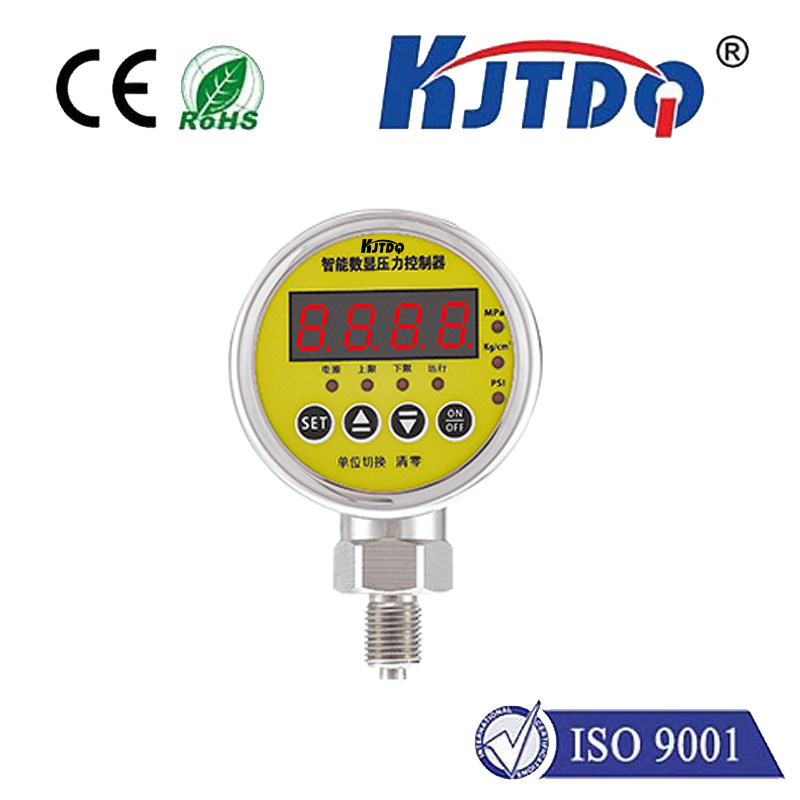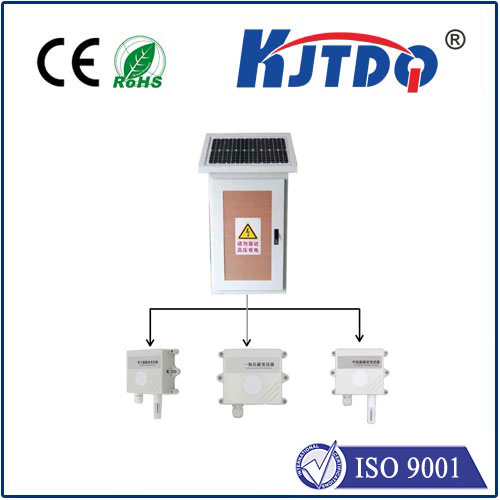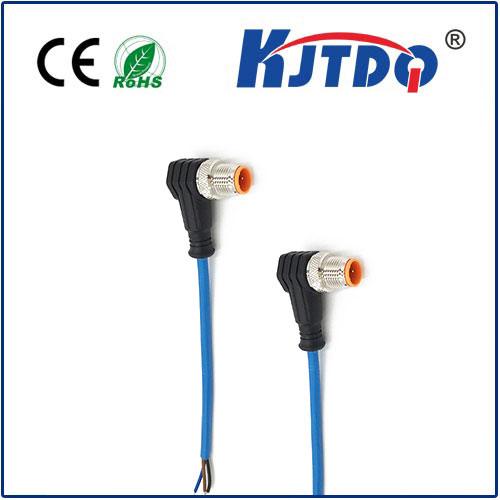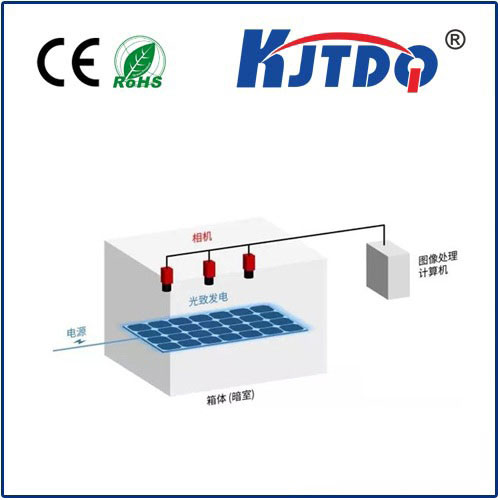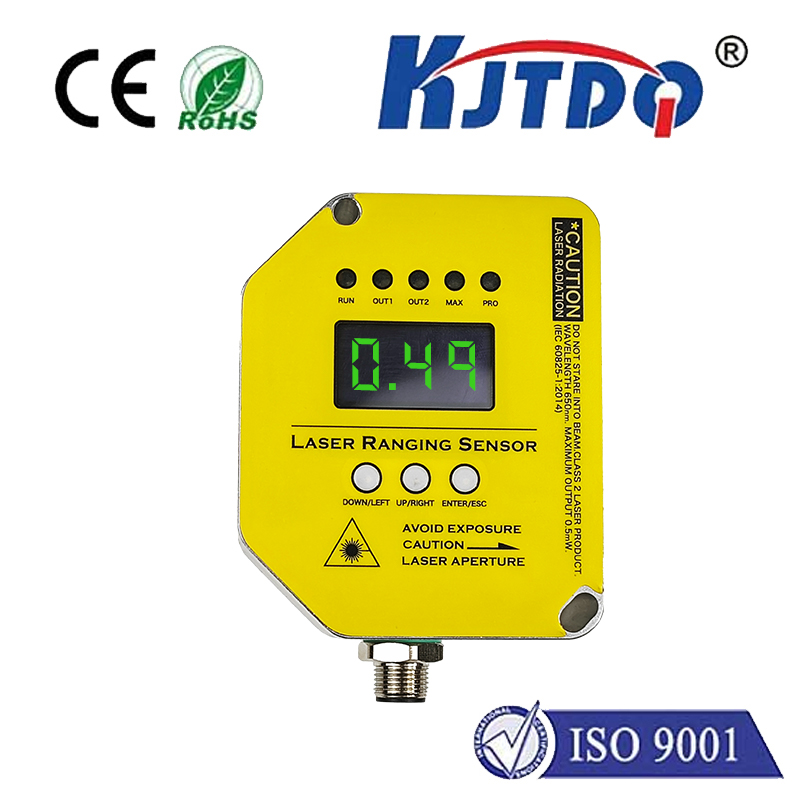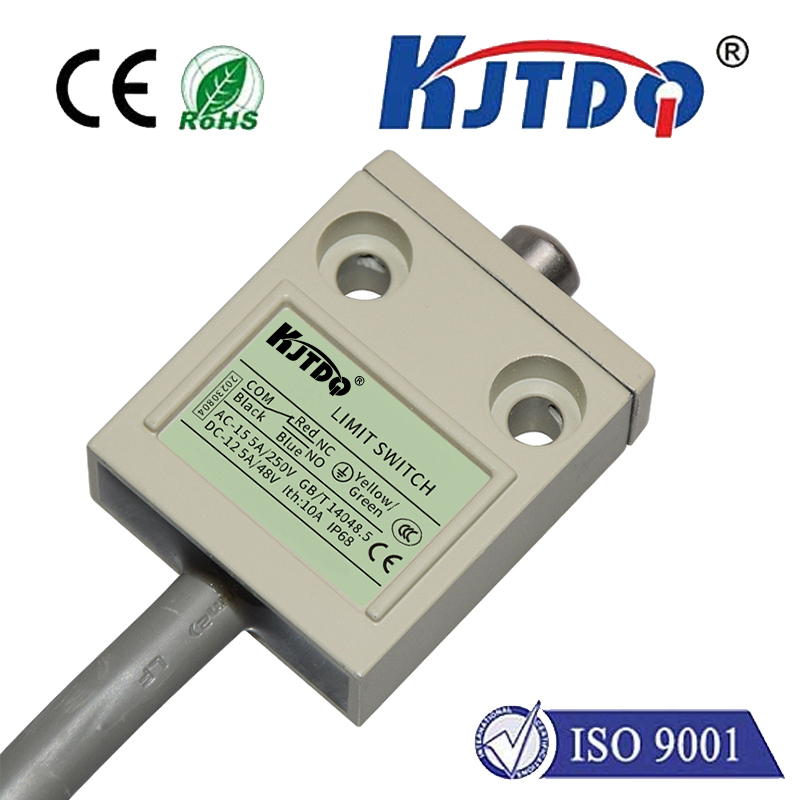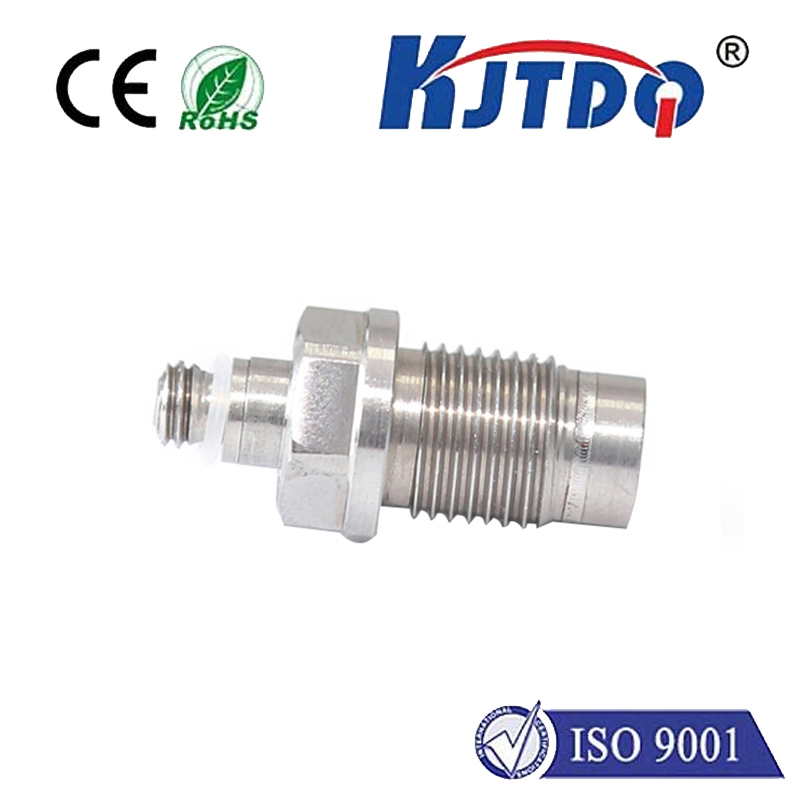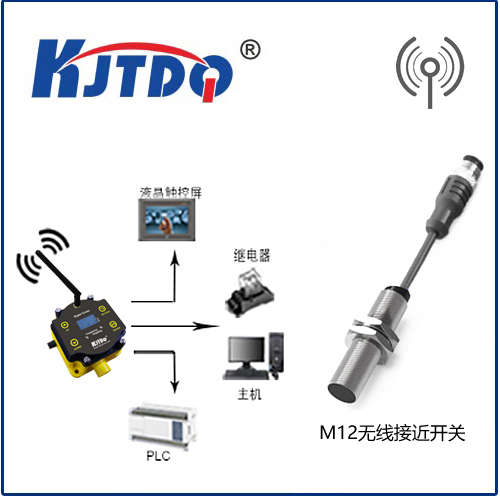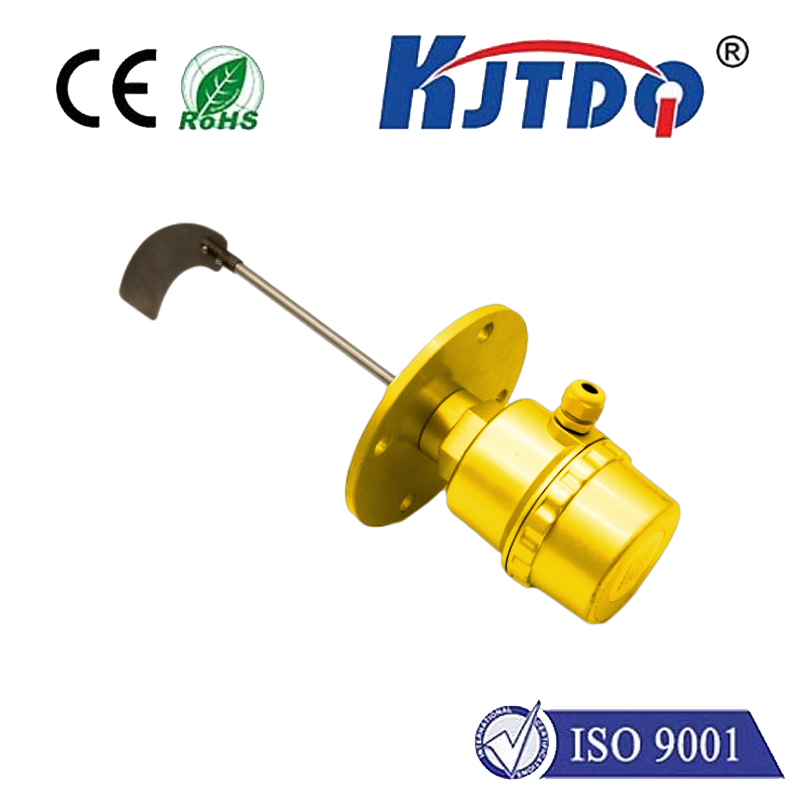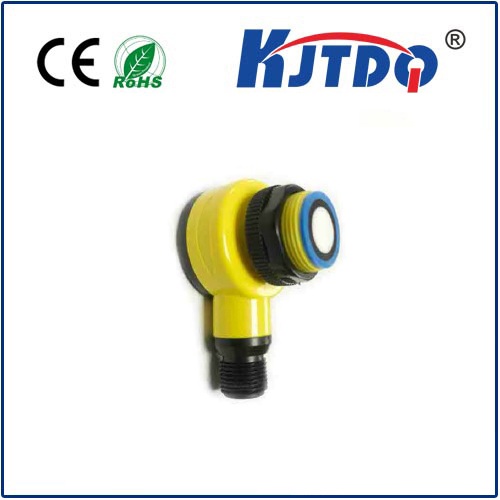
check

check

check

check
Industrial Photoelectric Sensors: Revolutionizing Automation
In the ever-evolving world of industrial automation, photoelectric sensors have emerged as a critical component in enhancing efficiency and precision. These advanced devices utilize the principles of light to detect objects, measure their distance or presence, and initiate a response based on the data received. With their ability to operate in harsh environments and provide reliable feedback, industrial photoelectric sensors are redefining the way we approach automation.

Photoelectric sensors function by emitting light beams that reflect off an object and return to the receiver. This process allows for accurate detection of objects, even in challenging conditions such as high temperatures, dust, or smoke. The sensors are available in various forms, including through-beam, retro-reflective, and diffuse models, each tailored to specific applications. For example, through-beam sensors are ideal for long-range detection and can be used in scenarios where there is ample space between the emitter and receiver. In contrast, retro-reflective sensors are compact and easy to install, making them well-suited for confined spaces.
The versatility of industrial photoelectric sensors extends beyond simple object detection. They play a crucial role in level measurement, where they ensure consistent product quality by monitoring fill levels in containers. Additionally, they are instrumental in counting applications, such as tracking the number of products on a conveyor belt or ensuring proper item placement during assembly lines. Their precise nature also makes them invaluable in alignment tasks, where they ensure seamless integration of components by detecting any deviations from the set parameters.
Safety is another area where industrial photoelectric sensors shine. They serve as essential safety barriers in machinery operations, preventing accidents by halting equipment if human intervention is required or if unsafe conditions arise. Moreover, they contribute to reducing downtime by identifying potential faults early on, allowing for proactive maintenance rather than reactive repairs.
Integration with other automation technologies further elevates the capabilities of these sensors. When paired with programmable logic controllers (PLCs), they can form part of intricate automated systems that make decisions based on real-time data. This synergy not only streamlines processes but also enables more complex functionalities like adaptive control strategies.
As industries continue to seek out innovations that drive productivity and safety, the importance of industrial photoelectric sensors cannot be overstated. Their robustness, flexibility, and accuracy position them at the forefront of technological advancements in manufacturing and automation. By leveraging the power of light, these sensors are transforming how we perceive and interact with our industrial environments.
